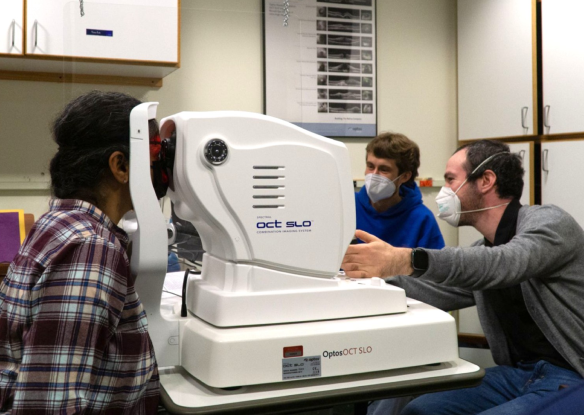The binocular coordination of movements of the eyes is a complex issue controlled by many brainstem nuclei, and is subject to a wide variety of forms of disruption by traumatic brain injury and oculomotor muscles disorders. The goal of this project is to characterize the natural range of the dynamics of the binocular ocuomotor system and their widespread disruptions across the spectrum of human ocolumotor control.
Get Involved
If you are interested in vision science or want to learn more about low vision and blindness, there are many opportunities to get involved at The Smith-Kettlewell Eye Research Institute.

